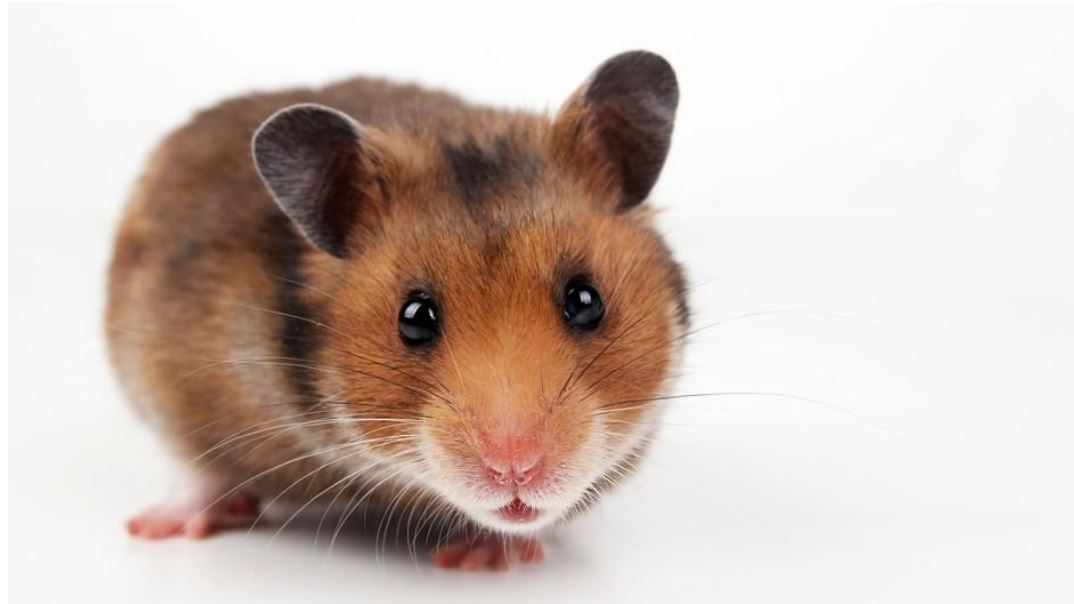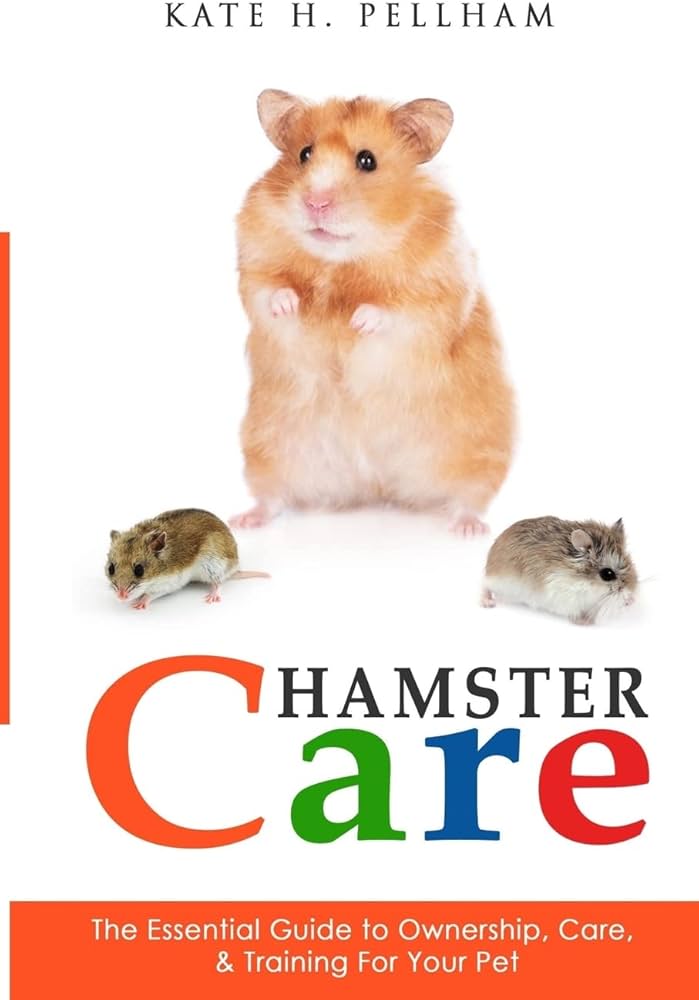Hamster Care Resource Guides
Hamsters are delightful pets that bring joy to many households around the world. However, proper care is essential to ensure their health and happiness. This comprehensive guide will provide you with valuable insights and practical advice on hamster care, covering everything from habitat setup to diet and health checks.

Creating the Perfect Hamster Habitat
Creating a suitable habitat is the first step in ensuring your pet hamster thrives. A well-designed cage should cater to their natural behaviors. Make sure you choose a spacious cage with multiple levels and plenty of enrichment options. **Hamsters enjoy climbing**, digging, and hiding, so including tunnels, chew toys, and bedding materials will create an engaging environment. An appropriate substrate, such as aspen shavings or paper-based bedding, is vital for **hamster comfort**. Aim to keep the cage in a quiet area with controlled temperature for their well-being.
Choosing the Right Cage Type
When selecting a cage for your hamster, several types are available, including wire cages, glass aquariums, and plastic habitats. Wire cages offer excellent ventilation and climbing opportunities, while aquariums provide a secure environment that prevents escapes. Plastic habitats tend to be easier to clean but may lack airflow. Consider the species of hamster you’re adopting, as dwarf hamsters may require smaller cage dimensions than larger species like Syrian hamsters. Ultimately, ensure your chosen cage is spacious enough for their daily activities.
Essential Cage Accessories
To create a stimulating environment, include various accessories within your hamster’s cage. A solid-surface wheel encourages exercise while preventing injuries, and nesting boxes provide a cozy place for them to sleep. A water bottle or bowl should always be available to keep your hamster hydrated. Adding a sand bath promotes natural grooming behaviors, while chew toys help maintain their dental health. By incorporating these essential items, you guarantee a joyful and fulfilling habitat for your pet hamster.

Hamster Nutrition: Feeding Your Furry Friend
Feeding your hamster a balanced diet is crucial for promoting their health and vitality. Hamsters are omnivorous, which means their diet consists of both plant and animal products. A good quality commercial hamster food as the primary component of their diet is essential. **Supplementing with fresh vegetables and occasional fruits** can enhance their nutrition, but be cautious to avoid high-sugar items. Always introduce new foods gradually to prevent digestive upset.
Understanding Hamster Dietary Needs
Understanding what constitutes a healthy diet for hamsters is key to their well-being. A standard diet includes the right balance of proteins, vitamins, and minerals. Look for hamster pellets that contain 16-20% protein, consisting mainly of plant sources. Fresh fruits and vegetables, such as carrots, broccoli, and apples, can be offered in small amounts. **Dangerous foods**, such as chocolate, onions, and citrus fruits, should always be avoided, as these can be toxic to hamsters.
Feeding Frequency and Portions
Feeding frequency is another crucial aspect of hamster care. Typically, hamsters should be fed once daily, with the opportunity to nibble on available edible treats throughout the day. Control portions based on the specific breed and age of your hamster. Regularly monitor their weight and adjust feeding amounts as necessary. **Fresh water** should also be available at all times to ensure proper hydration.
Health and Wellness Check for Hamsters
Regular health checks are fundamental to your hamster’s care regime. Early detection of health issues can lead to effective treatment and improved quality of life. Observing their behavior, fur condition, and weight can indicate underlying health concerns. **Routine vet check-ups** are also advisable, especially for older hamsters or those with pre-existing health conditions.
Common Health Issues in Hamsters
Hamsters are generally hardy creatures but can develop health issues over time. Some common ailments include wet tail, respiratory issues, and dental problems. Wet tail is often a sign of stress and poor diet, leading to diarrhea. If you notice excessive drinking, lethargy, or wet fur around the tail region, consult a veterinarian. Dental problems may manifest through chewing difficulties or prolonged loss of appetite, and these issues can often be remedied through professional training.
Establishing a Veterinary Care Plan
Establishing a veterinary care plan is important for maintaining your hamster’s good health. Consider finding a veterinarian who specializes in exotic pets, as they will be best equipped to provide guidance and perform routine check-ups or emergency care. Regular visits can help prevent health issues and create a protective health regimen for your pet. Furthermore, keep an eye out for signs of illness, such as changes in behavior or physical appearance, and schedule appointments promptly if concerns arise.
Fun and Bonding Activities for Your Hamster
Building a bond with your hamster enriches the experience of pet ownership. Engaging activities not only provide mental stimulation but also promote trust between you and your furry friend. **Interactive playtime** using tunnels and toys can be a great way to strengthen this bond. Hamsters often display unique personalities, and taking the time to learn their preferences can go a long way in creating a loving home.
How to Interact with Your Hamster
Learning how to interact with your hamster effectively is incredibly rewarding. Begin by allowing your pet to get accustomed to your scent and presence, originally keeping hand movements slow and gentle. Gradually, as they become more confident, you can introduce playtime outside the cage, supervising their safety during exploration. Incorporating a few treats into these interactions can help build a positive association with handling.
Creating an Enriching Environment
Offer various activities to keep your hamster engaged. Playtime is vital, so incorporating treasures hidden in bedding or flowery elements are attractive options. Setting up an exploration area where they can roam freely allows them to satisfy their curiosity. By adjusting their environment frequently, you can rejuvenate their habitat and encourage more active playtime!

Conclusion
Caring for hamsters requires attention to detail and understanding of their specific needs, from habitat design to nutrition and health checks. Ensuring that your hamster thrives hinges on creating an enriching environment, balanced diet, and regular care routines. By investing time and effort into their well-being, you develop a loving bond that can last for years. Remember that a well-cared-for hamster will reward you with playful antics and companionship.
FAQ
1. What is the average lifespan of a hamster?
Most hamsters live between 2 to 4 years, depending on their species and care. Syrian hamsters typically have a longer lifespan than dwarf varieties, yet good nutrition and care can significantly impact their overall longevity.
2. Can hamsters be kept together?
While some hamsters can live together, it is essential to ensure compatibility. Syrian hamsters are typically solitary and should be housed alone, while certain dwarf hamster species may thrive in pairs or small groups. Observe their behavior Closely to prevent aggression.
3. How often should I clean my hamster’s cage?
It’s advisable to clean your hamster’s cage weekly. Remove old food, spot clean soiled bedding daily, and ensure fresh bedding is consistently available. A thorough scrub down of the habitat once a week will also help maintain a healthy living space.
4. What are the signs of a healthy hamster?
A healthy hamster displays active behavior, clear eyes, smooth fur, and a normal appetite. They should also maintain a slice of social interactions or routine as the care enhances their physical well-being.
5. Are there any poisonous foods for hamsters?
Yes, certain foods are dangerous to hamsters, including chocolate, caffeine, avocados, and onions. Always research new foods before providing them to your hamster to avoid adverse health effects.
6. How can I tame a new hamster?
Taming a new hamster takes time and patience. Begin by allowing them to acclimate to their environment. Gradually introduce your presence through gentle handling over a few weeks to build trust. Use treats to create positive associations.
7. What should I do if my hamster becomes ill?
If you suspect your hamster is unwell, consult your veterinarian immediately. Warning signs include excessive drinking, lethargy, weight loss, or any significant changes in behavior. Early intervention is key to effective treatment.
